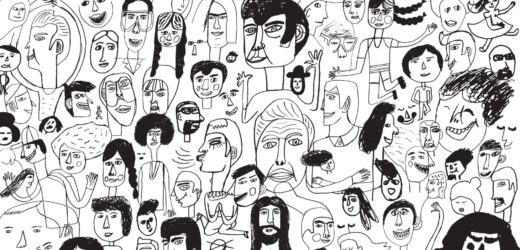Our reader-submitted collection of syllabi and ideas about them contains any number of interesting ways of handling the small syllabus details and larger ways of dealing with the whole document. Here’s an assembled group of those small and large ideas, listed in no particular order but all worth your consideration.
A Potpourri of Syllabus Ideas (Courtesy of Our Readers)

Related Articles
I have two loves: teaching and learning. Although I love them for different reasons, I’ve been passionate about...
Could doodles, sketches, and stick figures help to keep the college reading apocalypse at bay?...
We’ve all faced it: the daunting stack of student work, each submission representing hours of potential grading. The...
Storytelling is one of the most powerful means of communication as it can captivate the audience, improving retention...
For some of us, it takes some time to get into the swing of summer. Some of us...
About a year ago, I decided to combine the ideas of a syllabus activity and a get-to-know-students activity....
The use of AI in higher education is growing, but many faculty members are still looking for ways...








